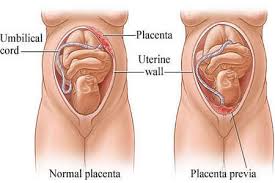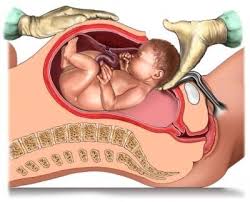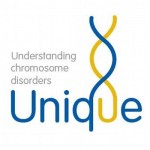Fewer than 100 children in the UK are diagnosed each year with neuroblastoma. Most children who get this cancer are younger than five years old. Neuroblastoma is the second most common solid tumor in childhood, and it makes up 8% of the total number of children’s cancers.
More children than ever are surviving childhood cancer. There are new and better drugs and treatments. But it remains devastating to hear that your child has cancer, and at times it can feel overwhelming. There are many healthcare professionals and support organizations to help you through this difficult time.
Understanding more about the cancer your child has and the treatments that may be used can often help parents to cope. Your child’s specialist will give you more detailed information. If you have any questions it’s important to ask the specialist doctor or nurse who knows your child’s individual situation.
The signs and symptoms of neuroblastoma vary widely, depending on the size of the tumor, where it is, how far it has spread, and if the tumor cells secrete hormones.
Many of the signs and symptoms below are more likely to be caused by something other than neuroblastoma. Still, if your child has any of these symptoms, check with your doctor so the cause can be found and treated, if needed.
Signs or symptoms caused by the main tumor
Tumors in the abdomen (belly) or pelvis: One of the most common signs of a neuroblastoma is a large lump or swelling in the child’s abdomen. The child might not want to eat (which can lead to weight loss). If the child is old enough, he or she may complain of feeling full or having belly pain. But the lump itself is usually not painful to the touch.
Sometimes, a tumor in the abdomen or pelvis can affect other parts of the body. For example, tumors that press against or grow into the blood and lymph vessels in the abdomen or pelvis can stop fluids from getting back to the heart. This can sometimes lead to swelling in the legs and, in boys, the scrotum.
In some cases the pressure from a growing tumor can affect the child’s bladder or bowel, which can cause problems urinating or having bowel movements.
Tumors in the chest or neck: Tumors in the neck can often be seen or felt as a hard, painless lump.
If the tumor is in the chest, it might press on the superior vena cava (the large vein in the chest that returns blood from the head and neck to the heart). This can cause swelling in the face, neck, arms, and upper chest (sometimes with a bluish-red skin color). It can also cause headaches, dizziness, and a change in consciousness if it affects the brain. The tumor might also press on the throat or windpipe, which can cause coughing and trouble breathing or swallowing.
Neuroblastomas that press on certain nerves in the chest or neck can sometimes cause other symptoms, such as a drooping eyelid and a small pupil (the black area in the center of the eye). Pressure on other nerves near the spine might affect the child’s ability to feel or move their arms or legs.
Signs or symptoms caused by cancer spread to other parts of the body
About 2 out of 3 neuroblastomas have already spread to the lymph nodes or other parts of the body by the time they are found.
Lymph nodes are bean-sized collections of immune cells found throughout the body. Cancer that has spread to the lymph nodes can cause them to swell. These nodes can sometimes be felt as lumps under the skin, especially in the neck, above the collarbone, under the arm, or in the groin. Enlarged lymph nodes in children are much more likely to be a sign of infection than cancer, but they should be checked by a doctor.
Neuroblastoma often spreads to bones. A child who can talk may complain of bone pain. The pain may be so bad that the child limps or refuses to walk. If it spreads to the bones in the spine, tumors can press on the spinal cord and cause weakness, numbness, or paralysis in the arms or legs. Spread to the bones around the eyes is common and can lead to bruising around the eyes or cause an eyeball to stick out slightly. Cancer can also spread to other bones in the skull, causing bumps under the scalp.
If cancer spreads to the bone marrow (the inner part of certain bones that makes blood cells), the child may not have enough red blood cells, white blood cells, or blood platelets. These shortages of blood cells can result in tiredness, irritability, weakness, frequent infections, and excess bruising or bleeding from small cuts or scrapes.
A special widespread form of neuroblastoma (known as stage 4S) occurs only during the first few months of life. In this special form, the neuroblastoma has spread to the liver, to the skin, and/or to the bone marrow (in small amounts). Blue or purple bumps that look like small blueberries may be a sign of spread to the skin. The liver can become very large and can be felt as a mass on the right side of the belly. Sometimes it can grow large enough to push up on the lungs, which can make it hard for the child to breathe. Despite the fact that the cancer is already widespread when it is found, stage 4S neuroblastoma is very treatable, and often shrinks or goes away on its own. Almost all children with this form of neuroblastoma can be cured.
http://www.cancer.org/cancer/neuroblastoma/detailedguide/neuroblastoma-signs-and-symptoms




